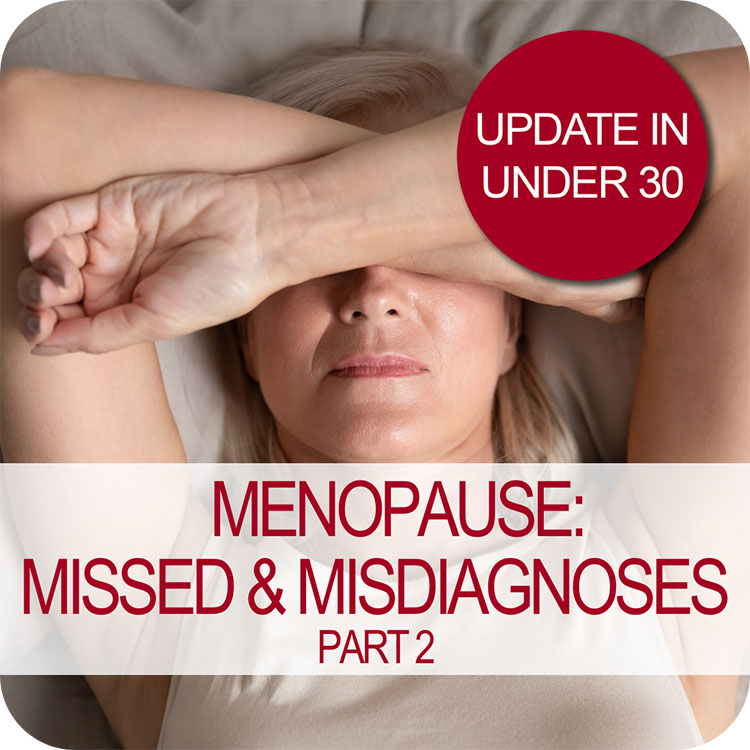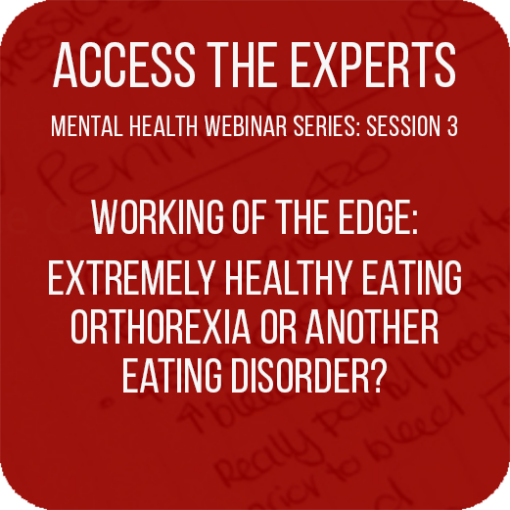 Wow, menopause is really having a moment, isn’t it? Or is that just me (and my mates who are all somewhere on that perimenopausal path)?! But seriously, medical perception of this reproductive transition is undergoing a revolution right now—widening the lens to take in more diverse potential presentations and lengthening the period of impact recognised both ‘before, during, and after’ that last, last…no hang on…last period. But I fear we are at a crucial crossroads. Anything could be related to (peri)menopause, but not everything is or should be.
Wow, menopause is really having a moment, isn’t it? Or is that just me (and my mates who are all somewhere on that perimenopausal path)?! But seriously, medical perception of this reproductive transition is undergoing a revolution right now—widening the lens to take in more diverse potential presentations and lengthening the period of impact recognised both ‘before, during, and after’ that last, last…no hang on…last period. But I fear we are at a crucial crossroads. Anything could be related to (peri)menopause, but not everything is or should be.
There are several other conditions whose onset tends to rise or peak at the same age and stage for women, and due to their shared features, they get missed & misdiagnosed, misattributed to that!
In the last 2 Update in Under 30 episodes for this year, I have spoken to this issue in practice and in detail on my top 4! Hyperparathyroidism, Hot nodules, Perimenopausal Depression and an unusual form of OSA that is entirely related to HPO senescence. For each condition, we look at the overlapping presentations (including further elevated disease risks), distinguishing features, the why (why women why now?) and the how (how do we screen for these with increased competence and accuracy?) These are my top 4 that I routinely pick up when others haven’t. What about you?
And aware that Christmas is just around the corner and this is the season of giving—my gift to you, if you haven’t read it—is the brilliant paper Perimenopause as a neurological transition state by Roberta Brinton and colleagues. And if you’re feeling lazy and can’t be bothered with all the unwrapping🎁🎁 [it’s the end of the year; we’re all knackered, and you are excused!]…let me give you this little tasty morsel from that paper on a plate:
“These transition states are associated with the restructuring of regulatory networks, which include systems of genetic, epigenetic and protein factors. Owing to the multifactorial nature of these transition states, small perturbations, either of endogenous or exogenous origin, during the restructuring process can directly induce vulnerabilities or unmask existing ones
Complex biological systems have critical thresholds, often referred to as tipping points, when a system can shift from one state to the other. Complex diseases are characterised by transitions from a healthy state to a predisease (that is, a prodromal phase), and finally, a disease is well established. The predisease transition is typically defined as the limit of the normal state that precedes the tipping point into disease. The predisease state is often unstable and, therefore, potentially reversible; however, the period of time during which this state could be reversed is limited. The bifurcation point between predisease and disease states is characterized by a critical slowing of the system, in which the system becomes increasingly slow to recover from small perturbations to the equilibrium.”
Don’t say I never give you anything 🤣



